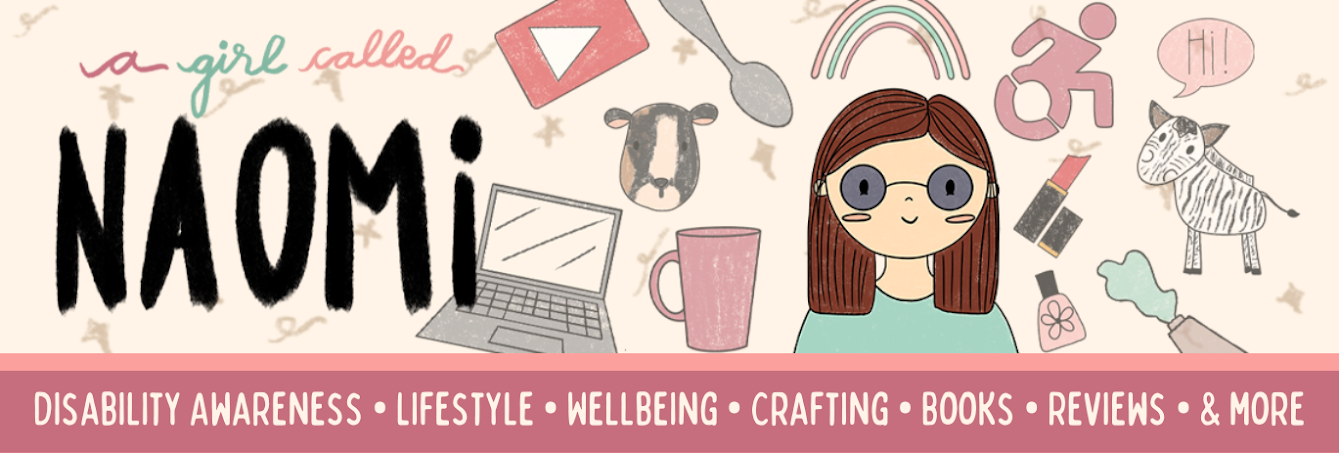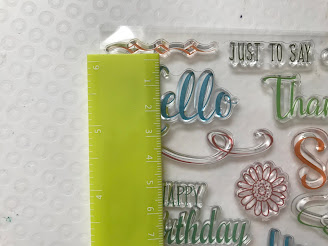The new measures laid out by the government include introducing a weight loss app and also increasing the publication of calorie labelling in places such as cafés, restaurants and takeaways and fast-food outlets. Whilst this is good, what I feel is missing is the public education of what is a "healthy" amount of calories to consume when browsing the menu - a bit like how the traffic light system works on food labels with green being a healthy amount of calories and red being a high amount of calories in that portion so people will understand and consider consumption of that particular food item.
I've written here on my blog before about my own experience of anorexia and now even though I am in a well state of recovery from my eating disorder even I can struggle at times. Eating out can still be a stressful situation for me and faced with the numbers [calories] on the menu it may possibly leave me feeling rather flustered when choosing what to eat.
Now I'm in a much better place to manage my eating disorder but if I where to take myself back 10 years I found eating publicly challenging enough without being faced by calories on the menu even when looking at my list of safe go-to foods and knowing that there where apps for weight loss defiantly would trigger my spiral downwards aiding my anorexia.
Previous Government anti-obesity campaigns have been ineffective in reducing obesity. However they have increased stigma, and have put those vulnerable to developing an eating disorder or those currently experiencing an eating disorder at risk.
As one eating disorder sufferer highlighted: “My eating disorder makes me, and many others, susceptible to taking these messages to the extreme.”
Beat recognises the importance of reducing obesity, but it is vital that the public are not shamed into losing weight in an attempt to solve this problem.. - Beat
Update
"Public Health England have now taken steps to update the app to help ensure that people with eating disorders and people who may be vulnerable to eating disorders do not use the app." - Beat
The flaws with the app are still that those under 18 and those underweight could still use the app and knowing from my own experience of having anorexia you become a great deceiver and when there is a will there is a way. So on the app you could possibly falsify your age or BMI/weight to still be able to use the app and even if you are stopped from using that app there are probably many other apps that can be used in its place.














